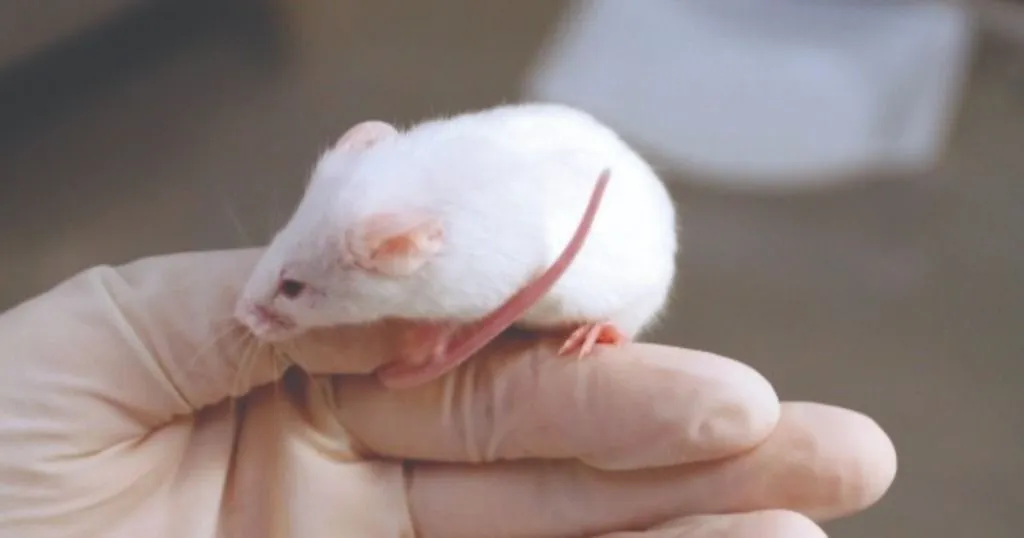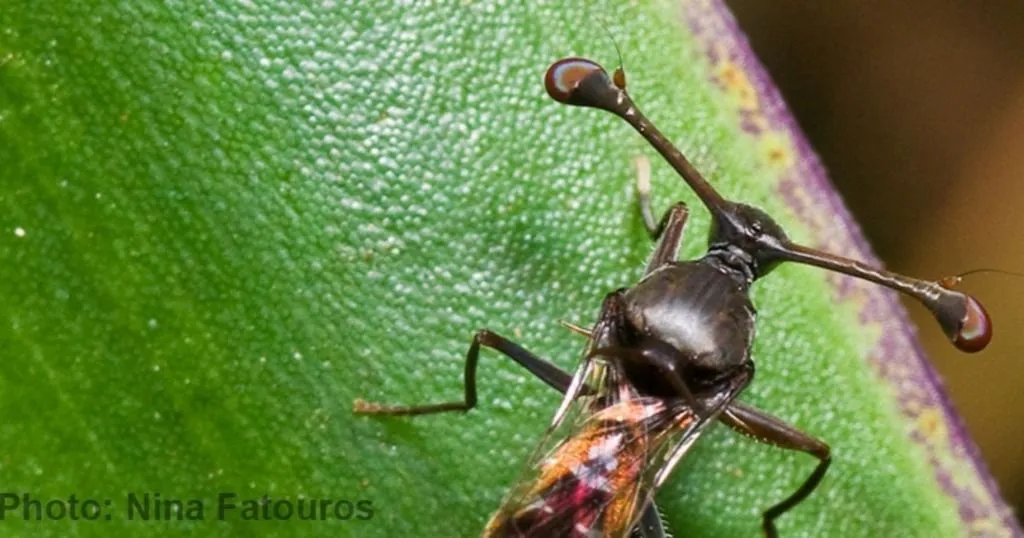Developing a high-throughput method - EthoGenomics
Ornamental flowers are among the main export products of The Netherlands. Thrips are one of the most important pests on ornamental flowers.
Posted by
Published on
Tue 11 Jun. 2013
Topics
| EthoVision XT | Insects | Video Tracking |

Flowers and pesticides
Ornamental flowers are among the main export products of The Netherlands. Thrips are one of the most important pests on ornamental flowers. Not only do thrips damage the flowers and the leaves, but they can also infest the plants with devastating plant viruses. Therefore, very strict export regulations apply for the presence of these pest insects and the damage they cause on the plants. This traditionally led to the use of a high amount of pesticides with ornamentals. But pest species become resistant to pesticides over time and, in addition to this, we do not want our flowers covered with pesticides.
Breeding for flowers without pesticides
There is tremendous natural variation in plant mechanisms for defending themselves against insects. This offers a rich source of possibilities for breeding for plant varieties that are better protected against pest insects. Breeding for plant resistance to pest insects can cause a large decrease in the use of pesticides on ornamental crops. This way we can produce cleaner flowers.
Handling these tiny thrips is tedious
A large amount of crop lines needs to be screened to select crop varieties with resistance to insects. At present, damage to the plants is mainly what is scored in screening for host plant resistance. However, many different factors influence the damage on the leaves. This complicates breeding for plants with lower damage. For breeding for host plant resistance it is important to understand the mechanisms of resistance. To start, the behavior of the pest insects on the leaves should be studied. However, adult thrips are 1-2 mm in size. Therefore, determining the behavior on different crop lines is extremely labor intensive. If analyzing the behavior of these very small insects could be automated, it would increase the speed at which crop lines are screened tremendously.
Developing a high-throughput method
EthoGenomics is a collaboration project in which Wageningen University and Research Centre, Noldus Information Technology, and the plant breeding company Royal van Zanten BV work together in order to develop a high-throughput method to screen for host plant resistance. Manus Thoen and Karen Kloth, both PhD students at Wageningen University, are currently working on the project. Manus Thoen is developing the high-throughput screening method for thrips resistance. EthoVision XT is used to automate the analysis of thrips behavior on Arabidopsis thaliana plant lines. With EthoVision XT, dual choice tests can be carried out in which the preference of the thrips for hundreds of plant lines can be compared with a reference plant line. The first choice of the thrips, the time spent on both plant lines, and the walking speed can be determined automatically.
High throughput screening for resistance
At present, Manus Thoen is able to carry out 35 dual choice tests simultaneously. This means that he can screen many plant lines in a short time. This way, Manus will select a number of varieties that are extremely different in thrips resistance. Then, the genetic and metabolic characteristics of these varieties will be determined and correlated to thrips resistance. Hopefully, he will identify genes that are involved in thrips resistance that can then be used to breed thrips resistant plants. We are well on our way to produce flowers that are a lot cleaner than they used to be.
More information is available on the EthoGenomics website.
Related Posts

Examples of Animal Behavior Research

The effects of parasitic infections on learning and memory in mice

